Grandma’s cooking had a certain charm—she knew how to stretch a meal and make the most out of what she had. There’s something to be said for her no-nonsense approach, and maybe we could all learn a thing or two from her methods. But let’s be real: not everything she did would fly today. Times have changed, and some of her beloved practices would probably get a few raised eyebrows—or worse—in today’s world. So while we might want to embrace a bit of Grandma’s wisdom, it’s also okay to leave some of her habits in the past.
Using Lard in Everything


Lard was the secret to making everything taste good back in the day. But today? It’s a heart attack waiting to happen. With the rise of plant-based diets and concern for cholesterol levels, using lard like it’s butter on toast would definitely get you the side-eye at the very least.
Cultural Appropriation in Recipes


Grandma’s “Chinese” chop suey or “Mexican” tacos were her way of adding some flair to dinner. But today, those “interpretations” would likely be seen as cultural appropriation. Authenticity is the name of the game now, and slapping a label on it just doesn’t cut it anymore.
Canning Without Modern Safety Standards
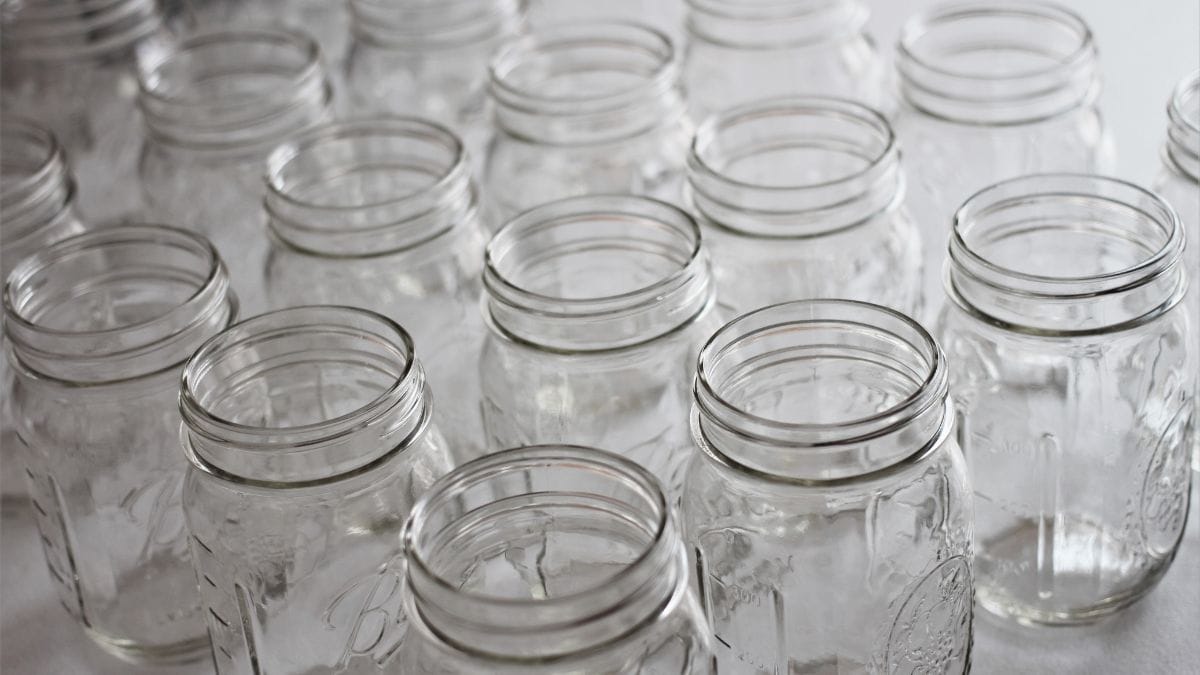

Home canning was Grandma’s way of preserving the harvest, but without today’s strict safety guidelines, it was a bit of a gamble. One wrong move and you’re serving up a side of botulism with those pickles. Modern canning has rules for a reason, and skipping them isn’t something to brag about.
Heavy Use of Processed Foods


Remember when canned soups and processed cheese were kitchen staples? Grandma loved the convenience, but these days, that pantry lineup reads like a chemistry experiment. With the push towards whole foods, loading up on processed stuff is a quick way to get yourself a nutrition lecture from a stranger.
Lack of Consideration for Food Allergies


Back in the day, food allergies were hardly a blip on the radar. Peanuts and gluten for everyone! But in today’s world, ignoring food allergies could lead to more than just an awkward dinner – it could mean a trip to the ER. Not exactly the kind of hosting Grandma had in mind.
Overcooking Vegetables
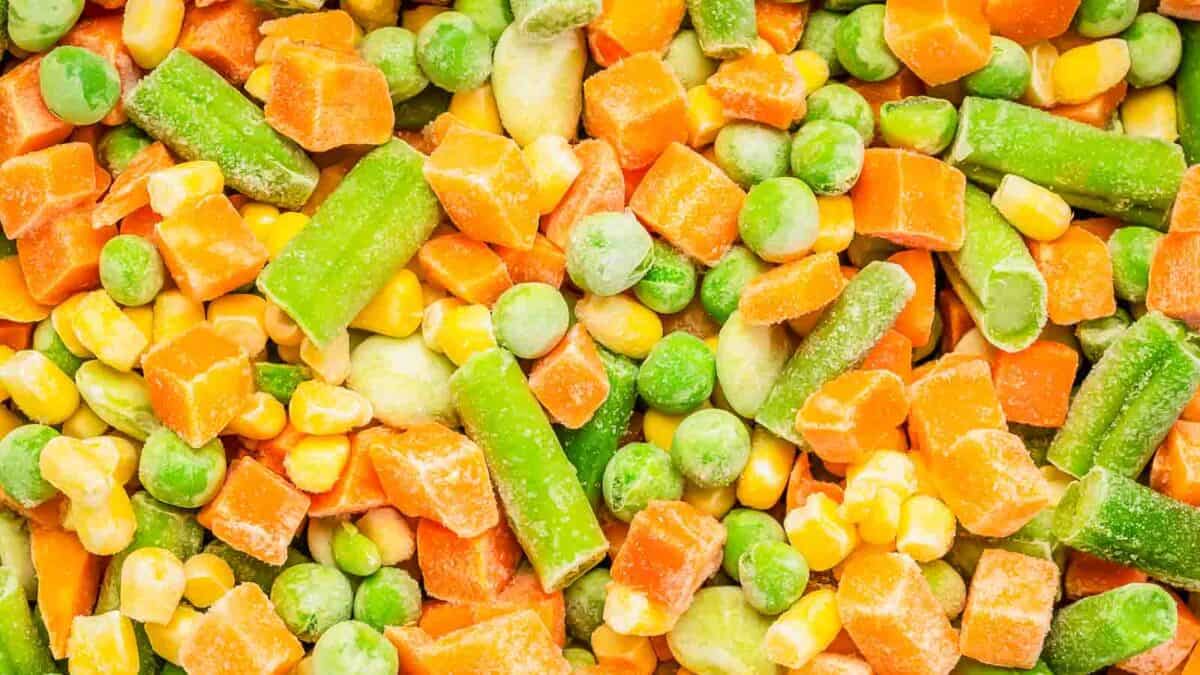

Grandma boiled veggies until they were mush because that’s just how it was done. But now, serving up soggy greens is basically a crime against nature. Today’s foodies are all about crisp-tender and nutrient-packed – the complete opposite of what was coming out of Grandma’s kitchen.
Excessive Sugar in Everything
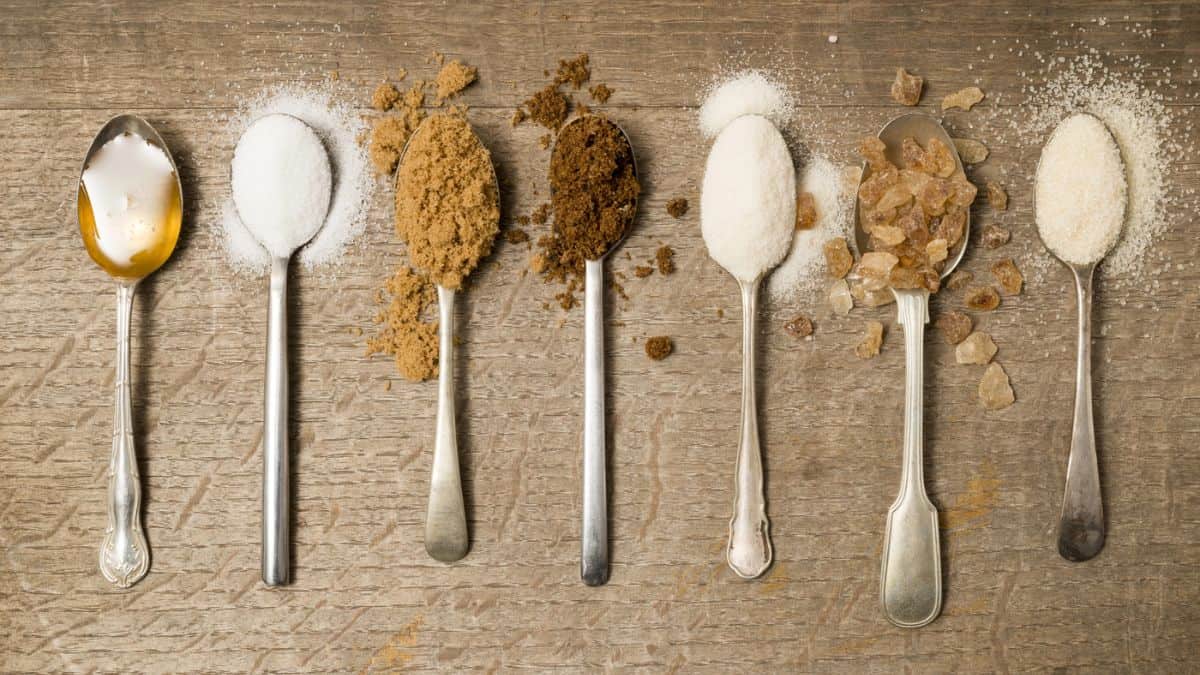

Grandma’s idea of a healthy breakfast? Something with a good dose of sugar, of course. But with modern concerns about diabetes and sugar overload, dumping heaps of sugar into everything is a definite no-go. Those “healthy” treats from the past might just send you to the dentist faster than you can say “cavity.”
Unregulated Foraging


Foraging was a way of life, but let’s be real, Grandma wasn’t exactly checking her foraged goods against today’s safety standards. Picking the wrong mushroom or plant back then? Just part of the adventure. Today, though, we’d rather avoid turning dinner into a survival situation.
Serving Unpasteurized Dairy
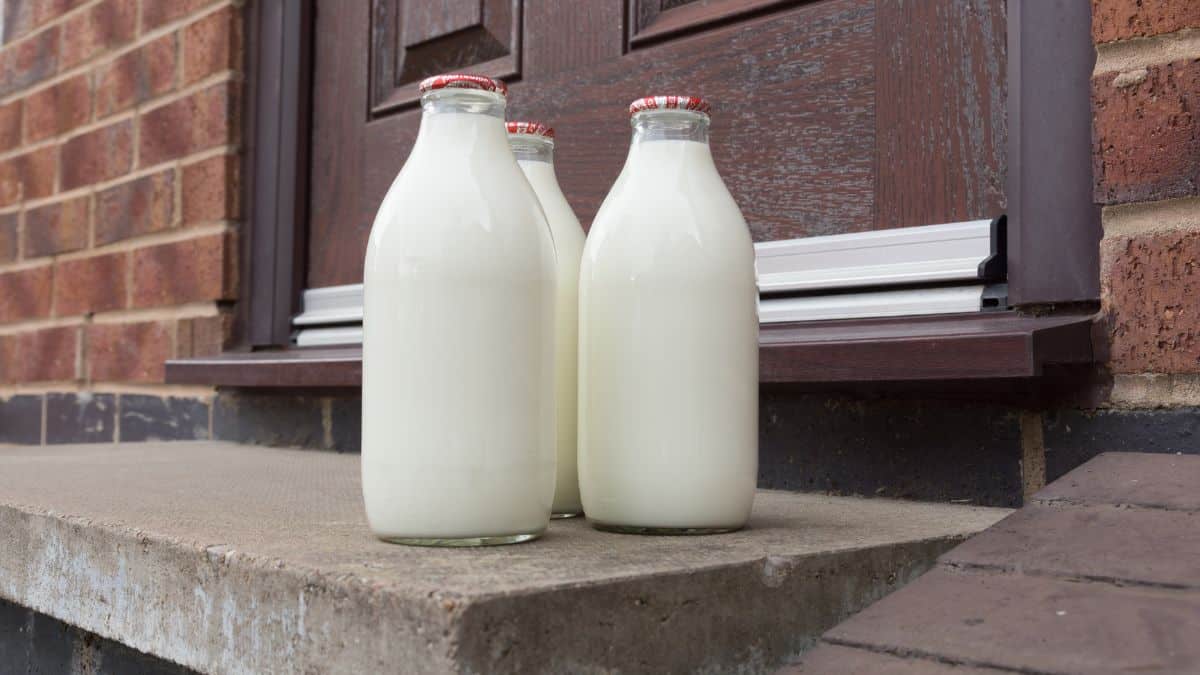

Fresh milk straight from the cow was a staple in Grandma’s kitchen, but today, unpasteurized dairy is considered a bit of a health hazard. The risk of harmful bacteria is just a tad too high for comfort for most. Now, it’s all about pasteurization – and few people want to hear about your risky raw milk adventures.
No Attention to Sustainability


Back in Grandma’s day, food came from wherever it was cheapest, and no one thought twice about the environmental impact. But today, people want to know where their food comes from and how it affects the planet. Ignoring sustainability? That’s a fast track to getting called out for being out of touch.
Frying Everything


Fried chicken, fried potatoes, fried desserts – if it could be fried, Grandma was all over it. But in today’s health-conscious world, frying everything is a recipe for criticism. People aren’t exactly lining up to hear about your deep-fried culinary escapades anymore.
Using Lots of Salt


Salt was Grandma’s go-to seasoning, and she wasn’t shy about it. But now, with everyone watching their sodium intake, dumping salt on everything is practically a public health offense. It turns out, not everything needs a salty punch to taste good – shocking, I know.
No Consideration for Vegetarian/Vegan Options


Grandma’s meals were centered around meat, and anything else was just an afterthought. But today, failing to provide vegetarian or vegan options is a surefire way to get labeled as out of touch. The times have changed, and so have people’s dietary preferences.
Ignoring Expiration Dates
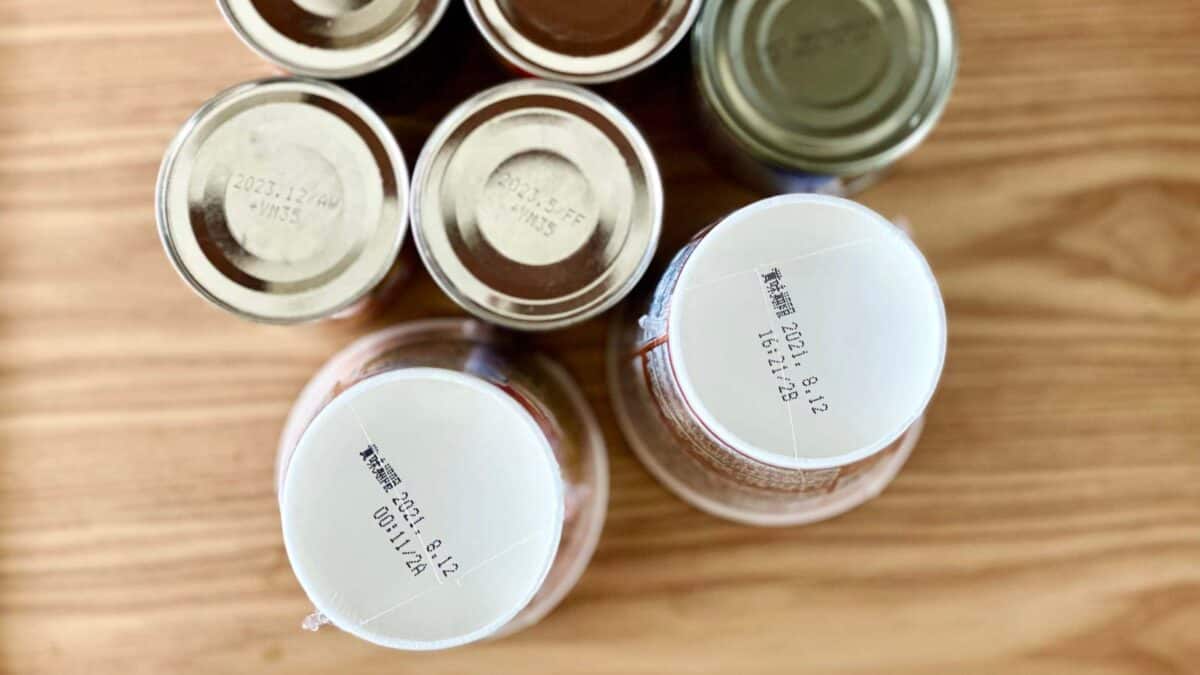

Grandma wasn’t one to let a little thing like an expiration date stop her from using ingredients. Waste not, want not, right? But today, people are far more cautious about food safety. Using expired ingredients is less frugal and more like playing Russian roulette with your stomach.
Using Unethical Ingredients


Foie gras, veal, certain seafoods – these were once seen as delicacies, but now they’re often criticized for ethical reasons. If Grandma were cooking today, she might find herself in hot water for serving up something that’s now considered morally questionable.
Serving Gender-Specific Meals


Grandma might have served up “man-sized” portions for the men and lighter meals for the women, reflecting the norms of her time. But today, that would be seen as reinforcing outdated gender stereotypes, and nobody’s interested in hearing about your “ladies’ portions” anymore.
Obsession with Weight-Loss Recipes


Grandma loved a good weight-loss recipe, and her cookbooks were full of them. But with today’s focus on body positivity and rejecting diet culture, pushing low-calorie meals could get you some serious side-eye. It’s less about counting calories and more about enjoying your food these days.
Lack of Diverse Ingredients
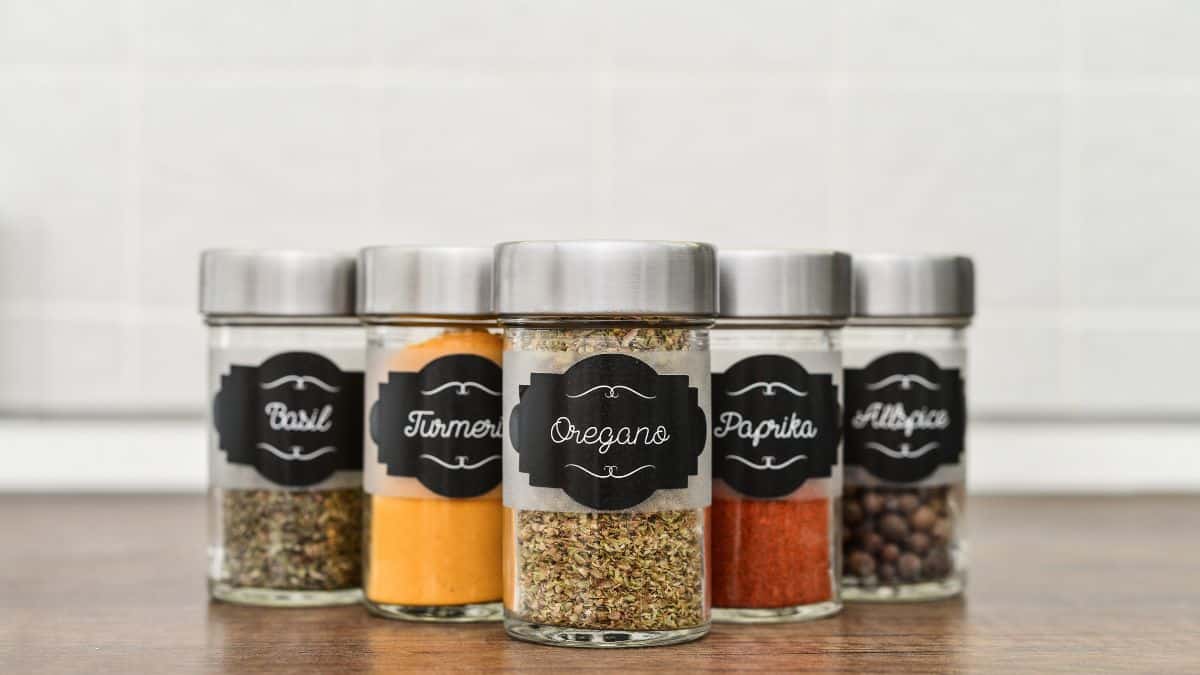

Spices in Grandma’s kitchen probably didn’t go beyond salt, pepper, and maybe some paprika. But today’s cooks have access to ingredients from around the world, and a lack of diversity in your spice rack could get you labeled as boring or unadventurous. Time to expand those flavor horizons!
Reusing Leftovers in Questionable Ways
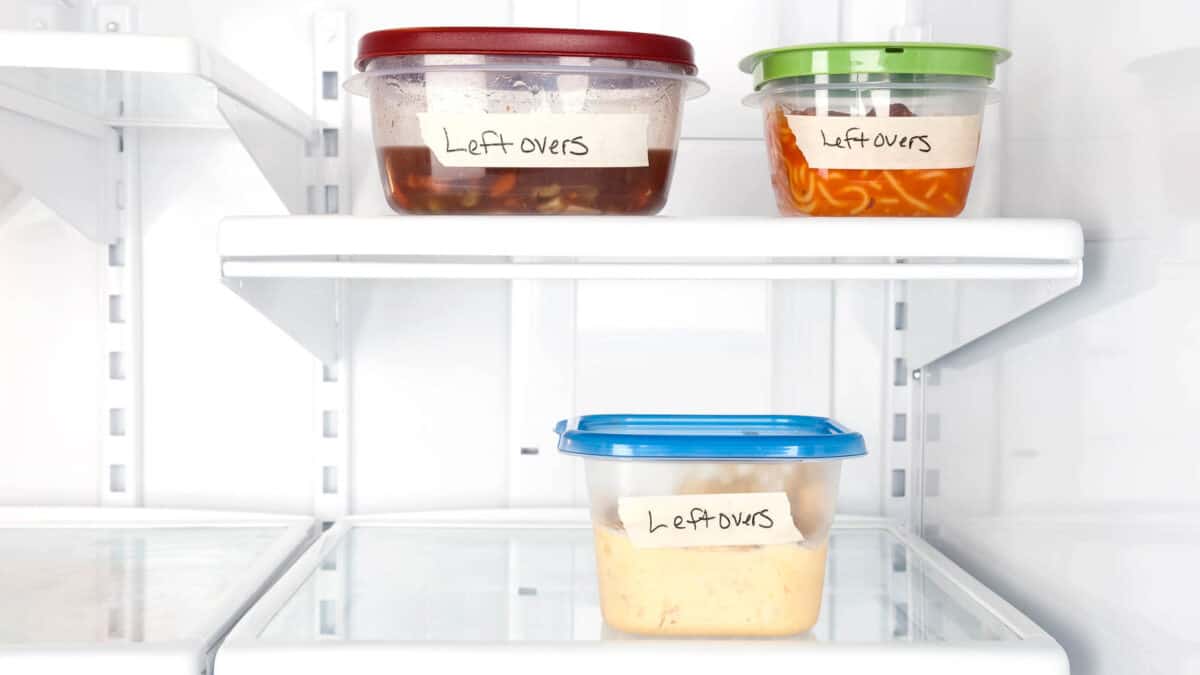

Leftovers were a lifesaver in Grandma’s kitchen, often reappearing in casseroles or mystery meatloaf. But today, that kind of creativity could be seen as pushing the limits of food safety or just plain gross. Reusing leftovers is fine, as long as they don’t turn into something unrecognizable.
Using Canned Fruit in Everything


Whether it was in desserts, salads, or even main dishes, canned fruit was a pantry staple for Grandma. Today, though, canned peaches in your ambrosia salad might earn you some side-eye for not using fresh fruit. The preference now is for fresh, seasonal produce – and canned just doesn’t cut it anymore.
13 Boomer Era Classics for an Epic Kitchen Dance Party While You Cook


Cooking isn’t just about the food; it’s about the experience. And what better way to enhance that experience than with a soundtrack that takes you back to the good old days? This curated list of 13 classic songs from the Boomer era are perfect for jamming out to while you whip up your next meal. These tracks are more than just background noise—they’re time machines that bring a dash of nostalgia and a whole lot of flavor to your kitchen fun.
Read it Here: 13 Boomer Era Classics for an Epic Kitchen Dance Party While You Cook
How 15 Once-Hated Foods Became Our Favorites
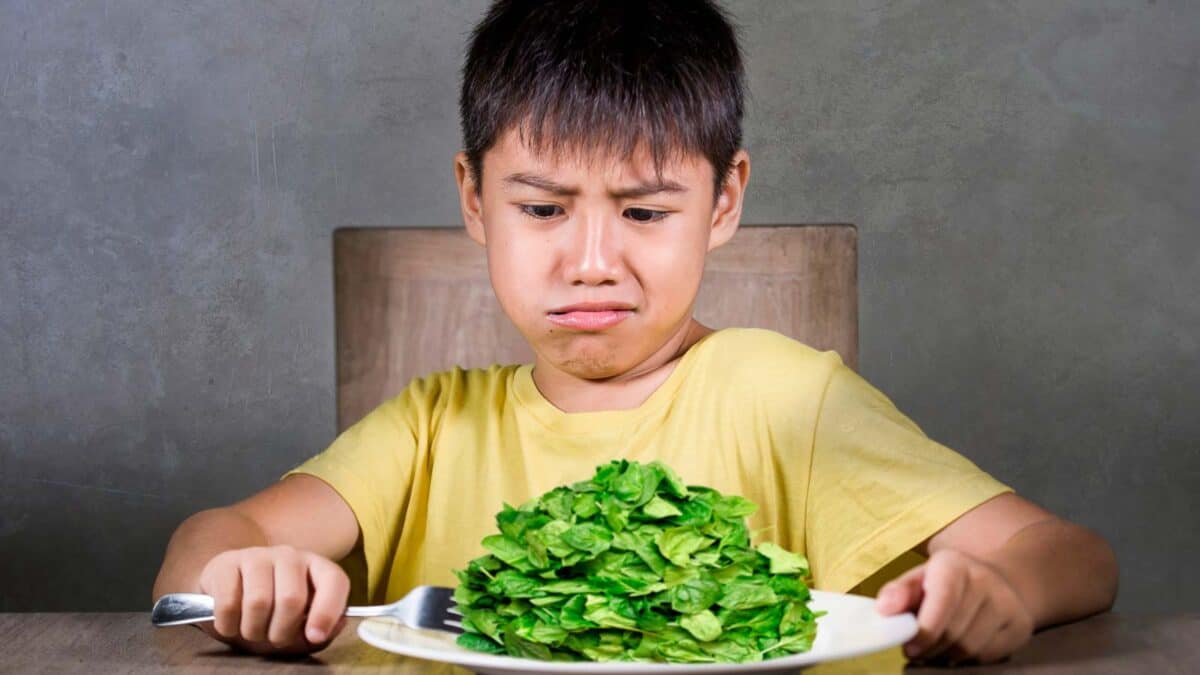

Ever look back at your childhood meals and wonder how you went from wrinkling your nose to eagerly filling your plate with those same foods? It’s a peculiar journey from food aversion to affection, and we’ve all been there. We’re exploring the 15 foods that made the leap from our “no way” list to our “can’t get enough” list. Ready to see which ones made the cut?
Read it Here: How 15 Once-Hated Foods Became Our Favorites
*Select images provided by Depositphotos.
Gina Matsoukas is an AP syndicated writer. She is the founder, photographer and recipe developer of Running to the Kitchen — a food website focused on providing healthy, wholesome recipes using fresh and seasonal ingredients. Her work has been featured in numerous media outlets both digital and print, including MSN, Huffington post, Buzzfeed, Women’s Health and Food Network.


